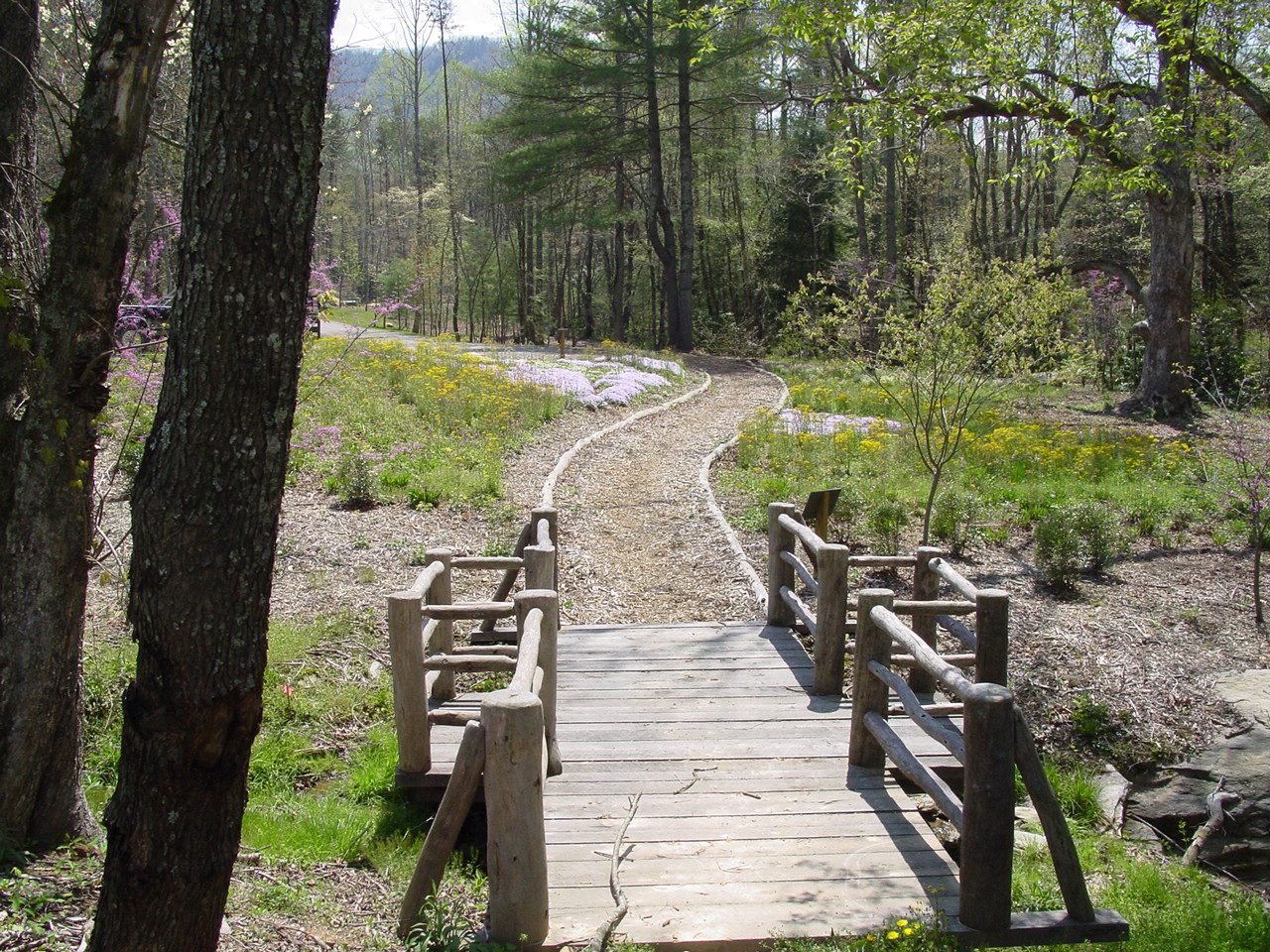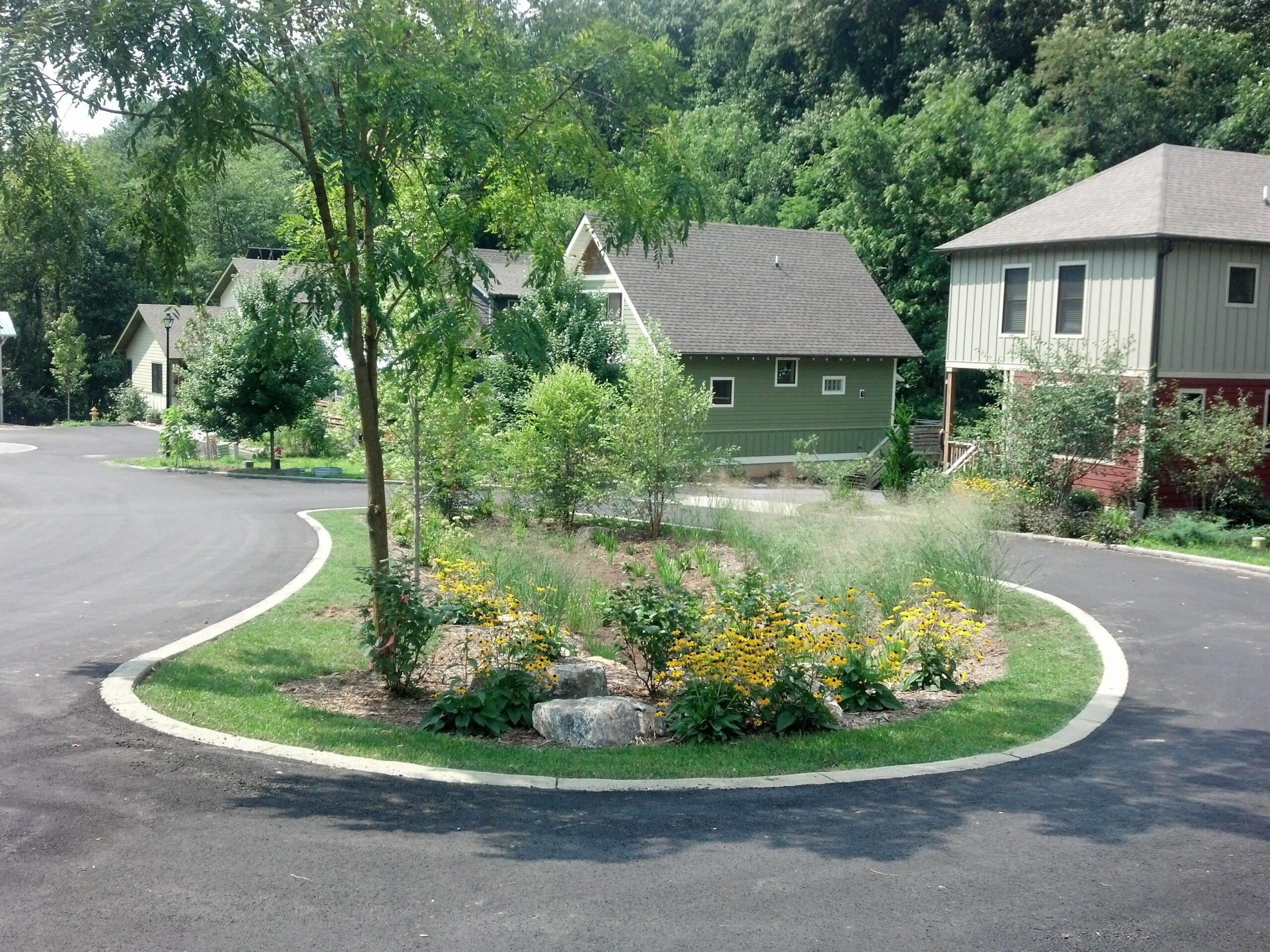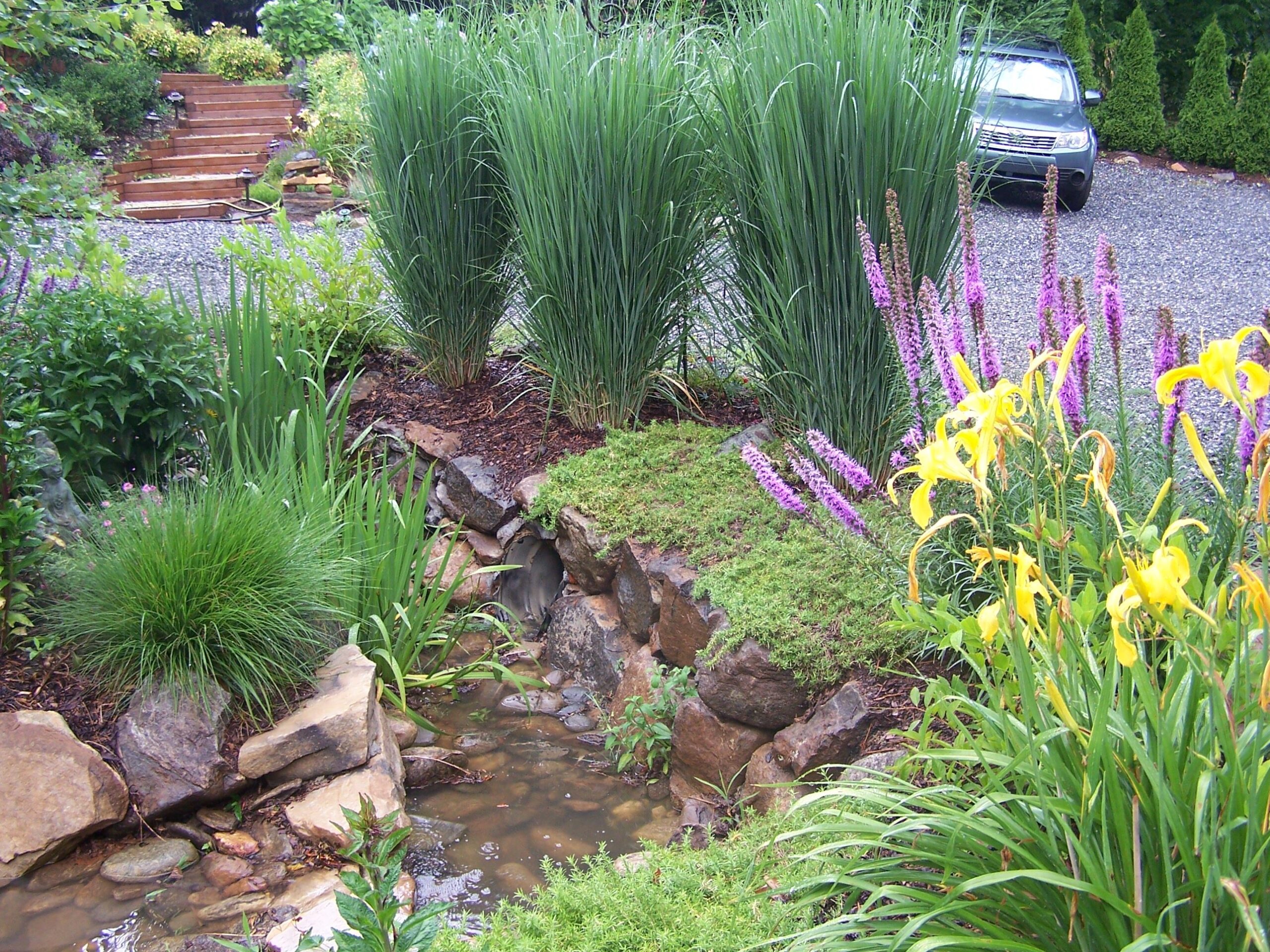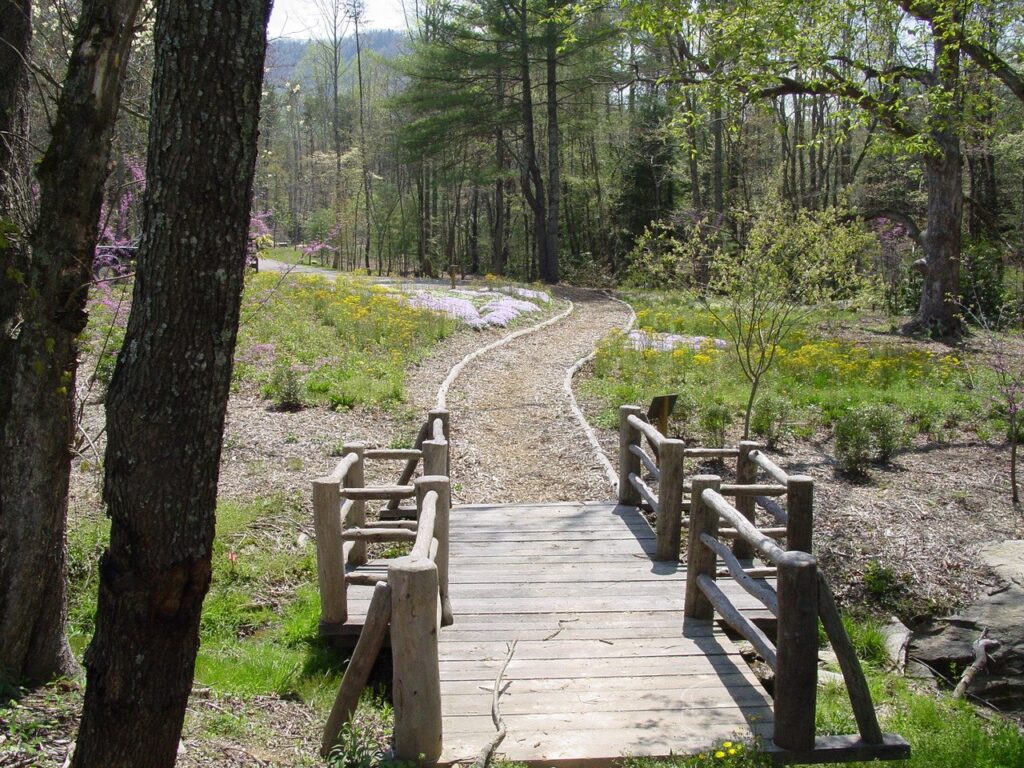As development continues its rebound the question remains if we will build better than we did before, the same, or worse. The opportunity to build better sites, working with the landscape as opposed to against the landscape and working with the environmental assets on a property, is in actually not as difficult as one might image. Sustainable site planning and design helps reconnect people with nature and can blend the science of ecology with the art of design in any type of development. This can be accomplished by designing landscapes with these
Top 5 Sustainable Site Planning & Design Strategies.

1. Know What You Got. In order to build sentively on
a site you must first know what is on the site (water, plants, habitat, etc.).
2. Select the Proper Building Architecture. Find a site that will meet your buidling program needs. Don’t force a building design and building size on a site that cannot accommodate it. This will help minimize impacts from grading and erosion issues and will better allow for maintiaing the sites natural resources.

3. Manage the Water. Water issues from scarcity to water quality and proper drainage can be addressed through design to treat rainwater and to capture and store rainwater for re-use.
4. Use the the landscape to Help Conserve Energy. Proper placement of plants around a building or home can be used to lower energy usage for both heating and cooling.
5. Select the Right Plants. Think native plants and edible plants, even better think native plants that are edible. New sites can also be used to plant species that are declining in the natural environment due to loss of habitat.

Through sustainable site planning and design it becomes possible to balance the social, environmental and economic needs of the developer, the community, and the individual. In fact many such as New Belgium Brewing, Sierra Nevada, and Davenport Park, just to a few; see this type of development as a competitive advantage in the marketplace.


